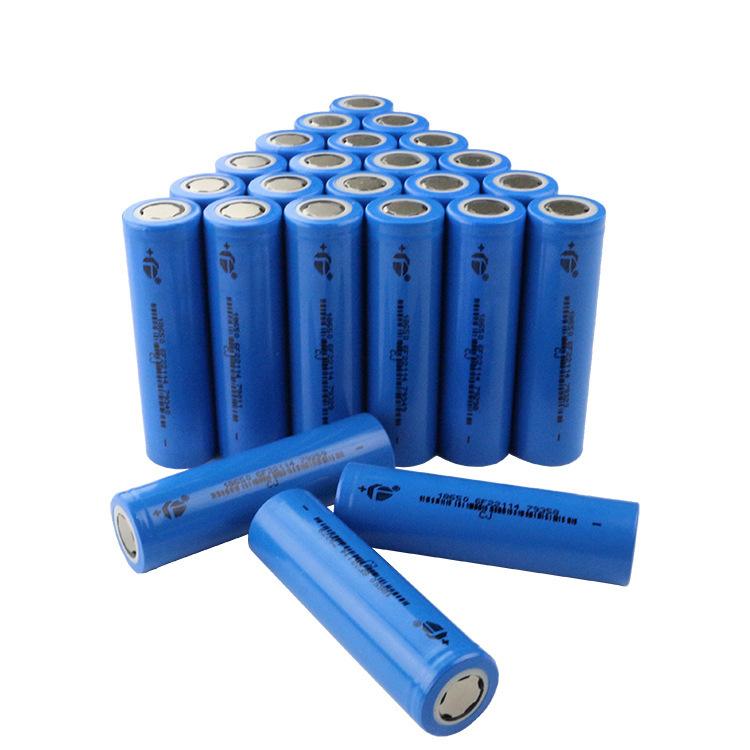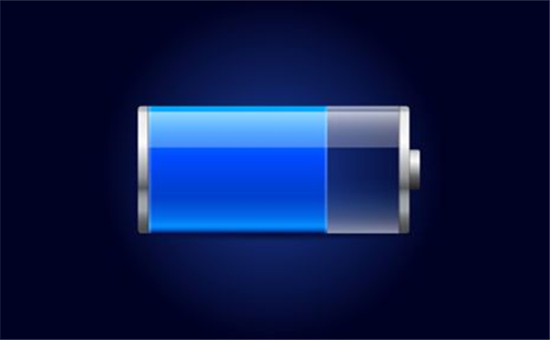Solar Charge Controller for Lithium-Ion Battery
Sep 23, 2019 Pageview:2375
A charge controller or regulator either as a stand-alone device or an integrated circuitry control limits the rate at which electric currents are added or drawn from batteries. It is connected in the middle with the generator at one end and the battery at the other end.
A stand-alone is a single device most times joined to solar or wind energy generators. They are more used for boats and battery storage of homes off the grid. They can be referred to as solar regulators when used for solar applications.
An integrated charge controller circuitry is one that works as a charge regulator controller. It may be departmentalized into several electrical parts or be fused in one microchip, called a charge controller. They are widely used for rechargeable devices, like cell phones, audio players, laptops as well as electric vehicles. Controllers' main function is to keep a battery charged and safe from an overcharge or overdraw.
An overcharge happens when a battery begins to generate an excess electrical load demand which leads to internal heating, electrolyte loss, and grid corrosion which in turn leads to overvoltage. This reduces the life span of a battery drastically while reducing performance and in the worst-case scenario causes a safety hazard. An overdraw reduces the battery potency by weakening the bond between active materials and the grid. There are many types of controllers but a solar charge controller is used mainly for large machines.
What is a solar charge controller for a lithium-ion battery?
A lithium-ion battery is a high powered battery renowned for its durability, lightweight and energy capacity. Used widely in all forms of electrical machines, it has taken it has made a name as one of the best. Energy is stored lithium-ion which moves from cathode to anode. Then electrons are set free from anodes that have gone through oxidation to conduct current during discharge. Cathodes gain elections through undergoing a reduction in the same process. The cathodes in these batteries are made up of porous anode carbon and lithium metal oxide. With polymer gel electrolyte to take between anodes and cathode electric charge available in most lithium-ion batteries, the liquid electrolyte is present.
When a lithium-ion battery is merged with a solar charge controller you are certain to have an excellent result. A lithium battery solar charge controller is one that checks the charging rate of lithium-ion batteries. The lithium-ion battery has a high cell voltage with a swift charging and Low self-discharge hence the need for safety. To ensure that terminal runaway doesn't occur a circuitry built into the battery pack. Solar charge controllers are of two types; Maximum power point tracker MPPT and Pulse width modulation PWM.
The Maximum Power Point Tracker measures the vmp voltage and converts the pv volt to the battery. While the Pulse Width Modulation works by making a direct connection from the solar array to the bank of the battery. Choosing between these two is not a very intense deal but for heavier battery charge the maximum power point tracker is better and for less load based batteries the pulse width modulation will do fine. Some solar regulators come with a trait called low voltage disconnect LVD. It is a powering down circuit for the load when the batteries become overcharged.
How To Use Solar Chare Controller For lithium ion battery Properly
· To maintain a stable charging of the battery in a stand-alone solar photovoltaic system, a PWM or MPPT solar charge controller is used. When a Li-ion battery is used as a system power storage a lithium-ion solar charge is used.
· It is imperative to have the solar system components in an appropriate ratio. The load demand or connected load to be supplied by a photovoltaic solar generator determines the solar panels to be installed.
· In relevance to the panels, charge controllers and batteries should also be installed.
· Put into consideration the losses in the system when designing and executing the whole system.
· Choose between the liquid electrolyte and gel electrolyte Li-ion batteries to store energy in the best way.
· These should be operated with the highest possible efficiency and performance to have them last long, considering that they are on the higher end of cost. Remember to keep this as a priority
· Keep the transmission line from the panel to the controller and from the controller to the battery efficient with minimum losses
· It is also okay to keep the lithium battery solar controller near the battery to manage it.
· The charge controller is set to charge Li-ion battery in phases in case of lithium-ion charge. Charging and discharging successful of the battery is important as it foretells a complete installation especially if the efficient of the system is at its zenith.
How To Protect The Solar Charge Controller For lithium-ion battery.
· There are many solar charge controllers with varied capacities, picking the right one for the lithium-ion battery is necessary for both the battery and the controller. A wrong choice can lead to the system damage of both.
· Every controller uses a specific algorithm to charge and when a wrong controller is used you can be faced with more safety concerns and in the long run cost expenses.
· Storage temperature has a strong influence on the solar charge controller. Ensuring a stable temperature favorable to the type of solar controller can ensure that it lasts long.
· In case of an increased power voltage contacting a professional in solar controllers can ensure your safety as well as the safety of the controller.
Keep the connecting cords away from any water supply. For this, if your battery and the controller are a distance away, creating a safe and secure path away from tampering should be a priority. (That is if the wiring is visible)
- Prev Article: Polymer Electrolyte Lithium-Ion Battery
- Next Article: How to Test Lithium Batteries With A Multimeter
Leave Message
Hottest Categories
-
Hottest Industry News
-
Latest Industry News











